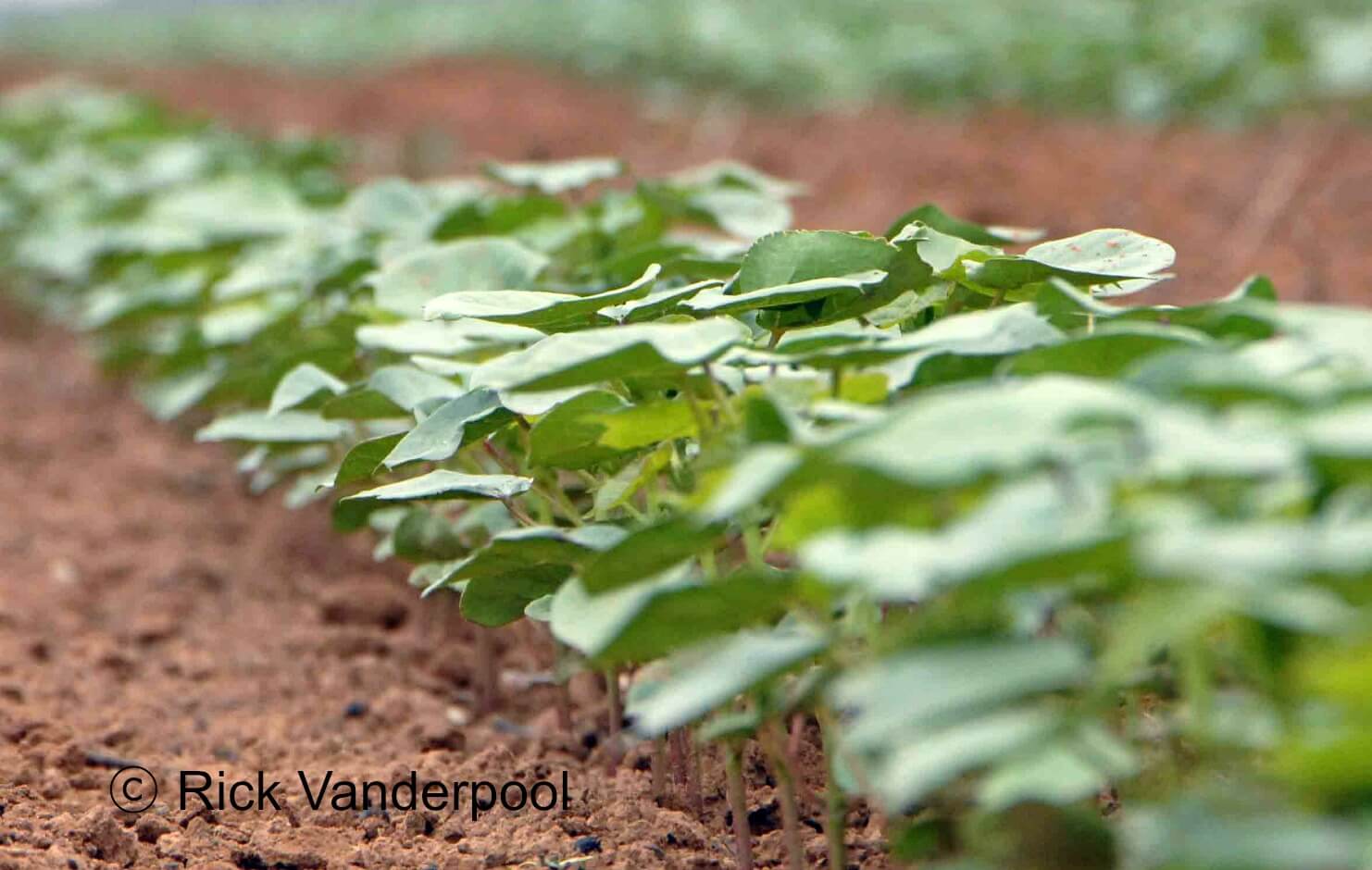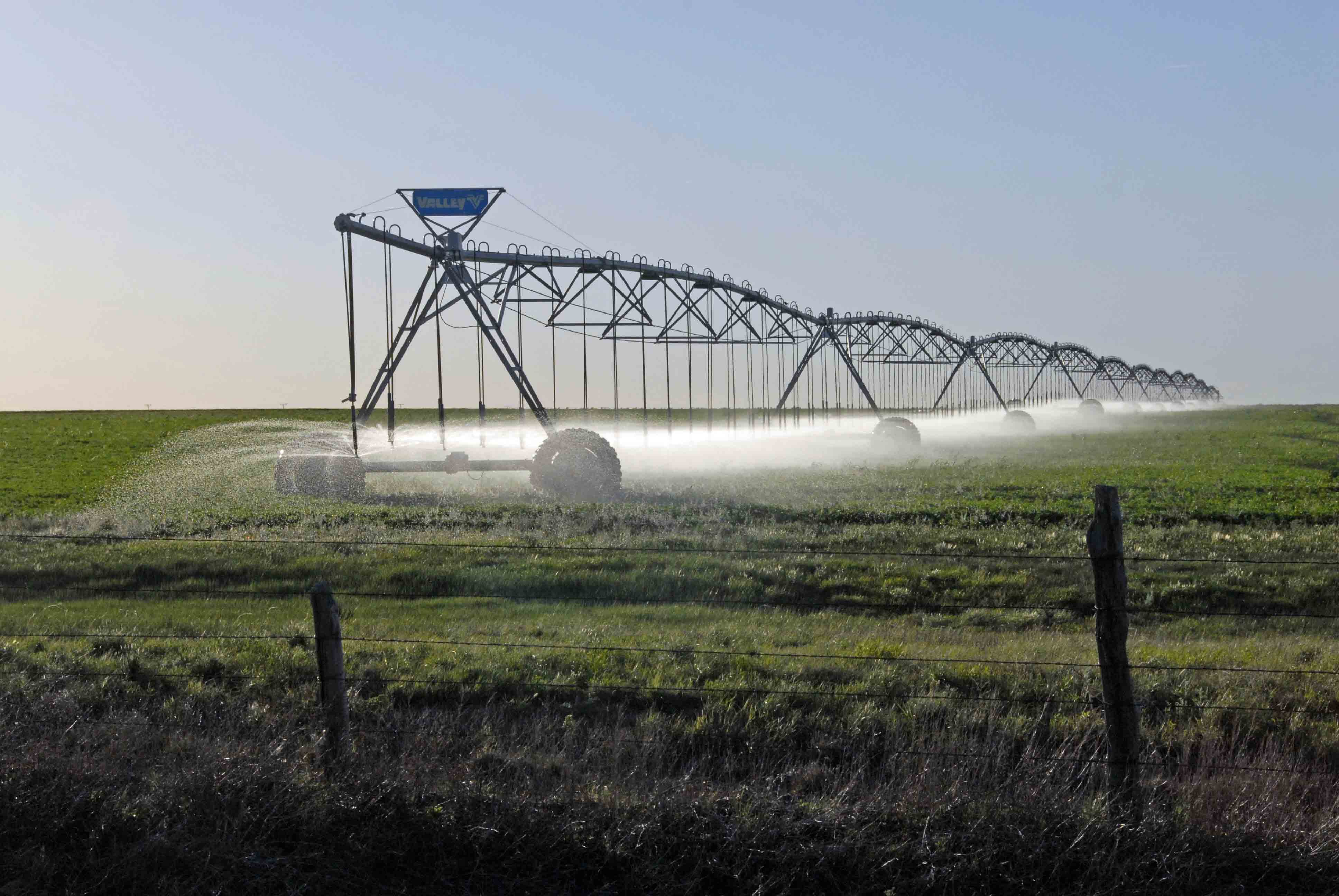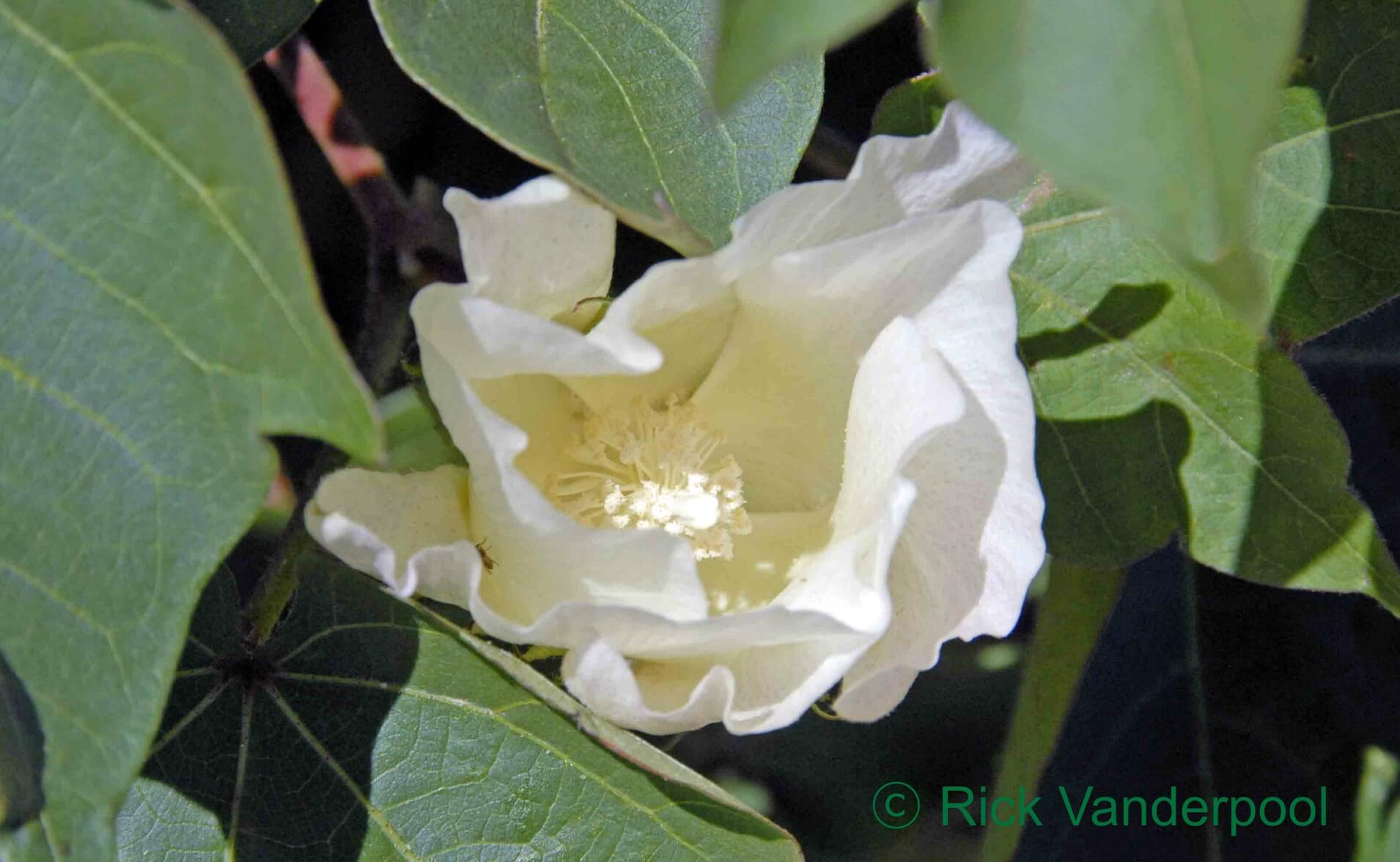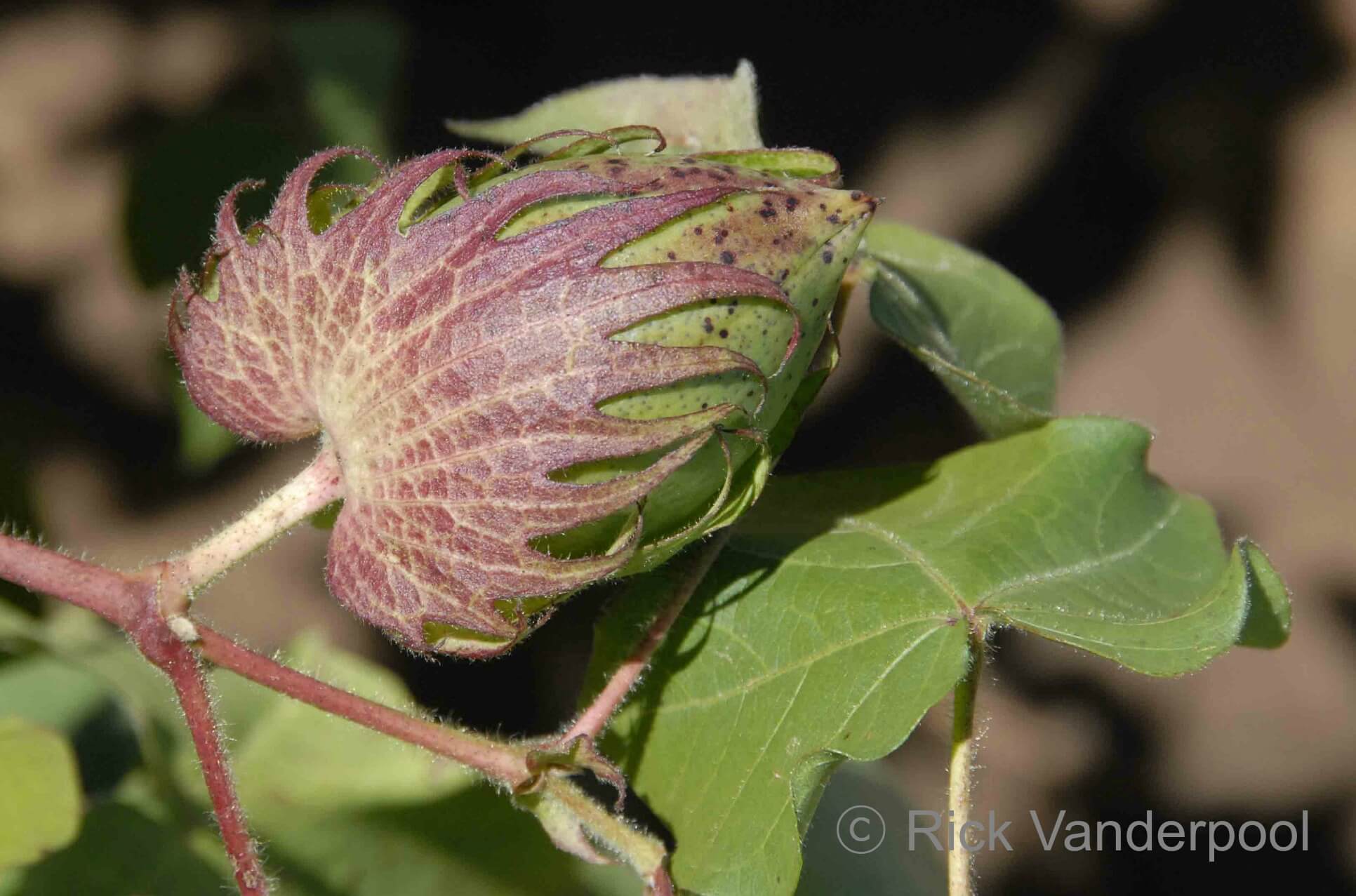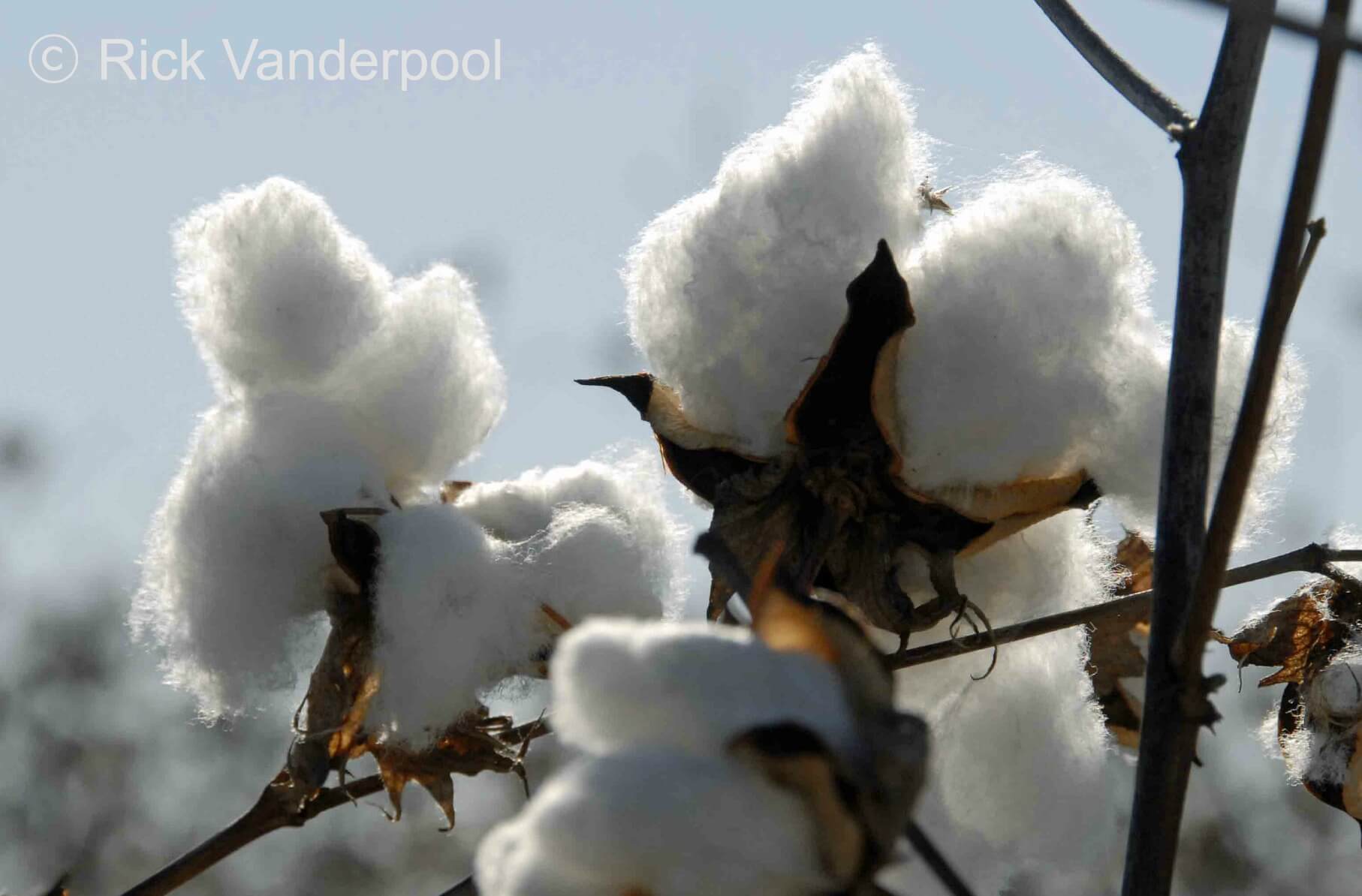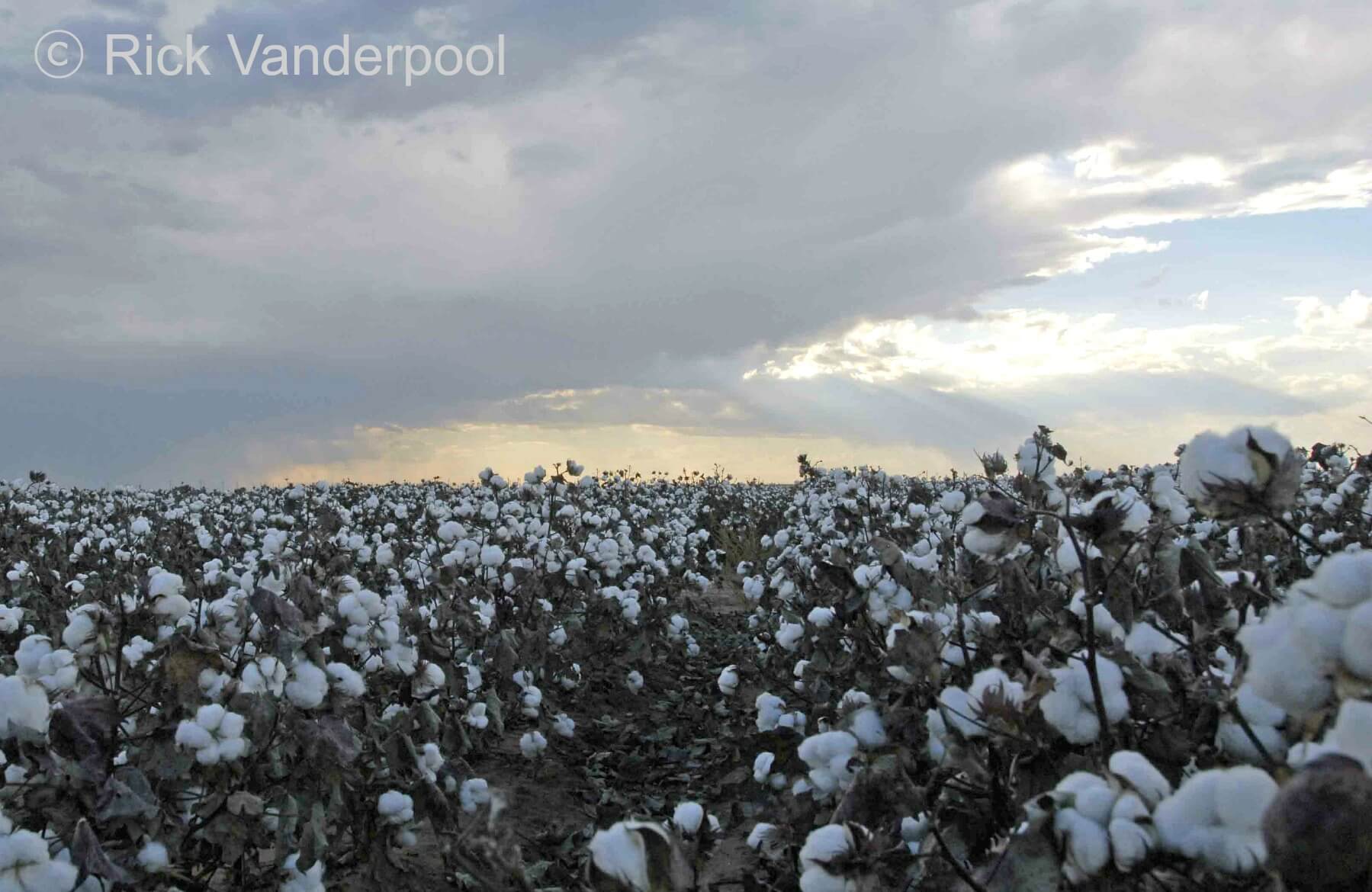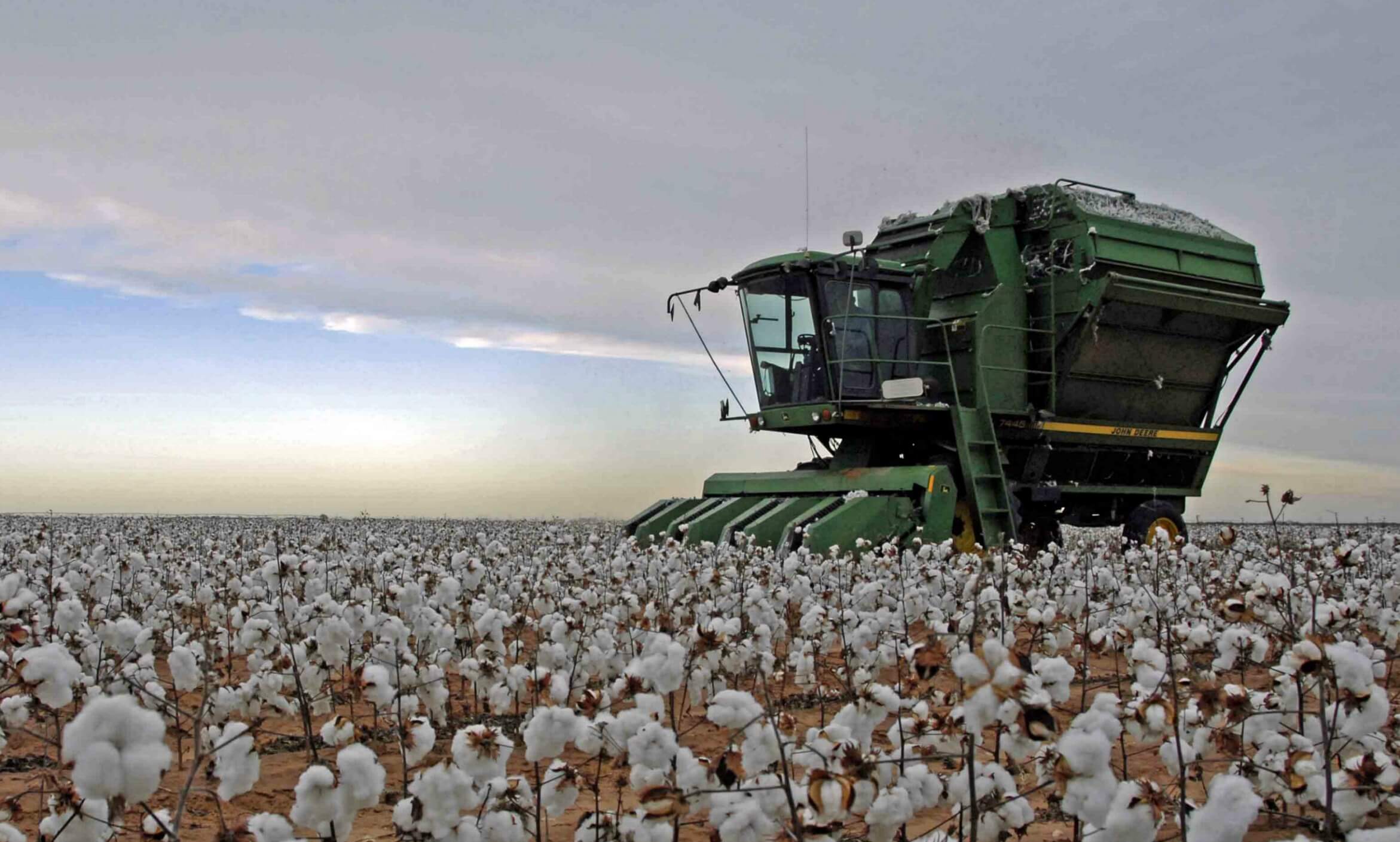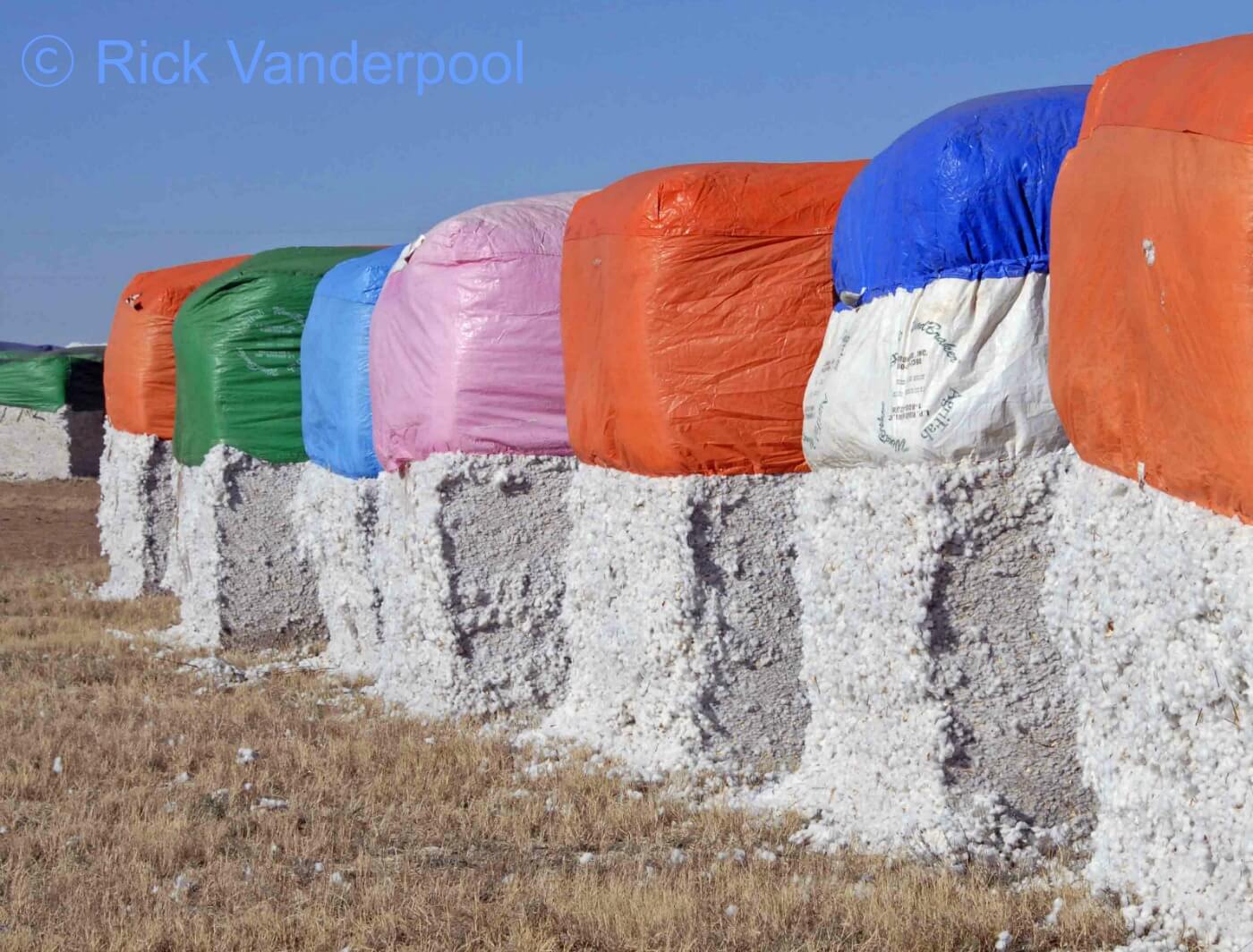Cotton Cultivation Process
This post may contain affiliate links. Read the full disclosure policy here.
Cotton has been cultivated in North America since 1607 when Virginia colonists planted it along the James River. Technology has changed the cultivation process from a labor-intensive, nonprofitable enterprise to America’s number one value-added crop. Nearly all of the American cotton fiber growth and production occurs in southern and western states, dominated by Texas, California, Mississippi, Arkansas, and Louisiana.
Cotton is a plant that is cultivated for a multitude of purposes and products. Long cotton fibers are used to make thread, yarn, textiles, clothes and other products, like towels, carpets, sheets, and more. Clothes made out of cotton are especially light and comfortable. The short fibers can be used in the paper industry.
Cotton seeds have some important uses, too. Primarily, the seeds are used to produce cottonseed oil and margarine. The crushed remains of the seed can be used as a high-protein feed for cattle and other animals. After the cotton is picked, the stalks and leaves of the plants are plowed under to enrich the soil.
After plowing the soil in spring cotton seeds are planted in rows by hand or machine. About two months after planting, flower buds called squares appear on the cotton plants.
In the semi-arid Texas Panhandle, many cotton fields are irrigated by pumping water from the Ogallala Aquifer. This vast underground sea of ancient water spans eight states from Texas to South Dakota. Water conservation measures are followed by many farmers because the Ogallala is being drained for agriculture far faster than it can recharge. Between 2004 and 2014 Ogallala groundwater levels have dropped over 8 feet in northwest Texas,
White, red, and dead
In another three weeks, the blossoms open. Their petals change from creamy yellow-white to yellow, then pink and finally, dark red. The flower then dies, leaving green pods that are called cotton bolls. This process is described by the cotton farmer’s adage, “White, red, and dead”.
Inside the football-shaped boll, moist fibers grow and push out from the newly formed seeds. As the boll ripens, it turns brown.
|
Under the late summer sun the fibers continue to expand until they split the boll apart. The cotton dries when exposed to the sun. Now it’s ready to be harvested. |
Harvesting Cotton
Until the mid-1940s, cotton was primarily hand harvested with laborers picking between 200 and 450 pounds of seed cotton (cotton removed from the plant with seeds intact) by hand per day. Now, modern mechanical pickers or strippers harvest that much cotton in about 2 minutes. Additionally, modern technology in the pickers allow for yield monitoring and GPS to allow them to track crop areas with better yields to help improve results when they plant again.
Mechanical picker spindles pick and twist the raw seed cotton fiber from the burrs that are attached to plants’ stems. Doffers then remove the seed cotton fiber from the spindles and knock it into a basket on the back of the picker.
Prior to the development of the module builder, most cotton picked by machines was dumped into cotton trailers and hauled to a cotton gin to mechanically separate the seeds from the fiber. This system became inefficient when the trailers were filled faster than the gin could process the cotton and the cotton pickers had to cease harvesting while waiting for trailers to empty. With any delay in the harvest came the risk that storms could damage or destroy the cotton remaining in the field.
This challenge was met with the invention of the hydraulic module builder in 1972. There are two methods of building the modules:
- harvested cotton is dumped into a boll buggy, and then into a module-builder where it is compacted into a tight block, or
- an onboard module-building cotton picker is used, which creates the module as the cotton is harvested. Modules are left in the field to be transported later.
Depending on the machine, modules may be long, tall rectangles or round--huge tightly wrapped cylinders--of compressed cotton. Modules can be left in the field for storage and later be hauled directly to the gin or transported by a module mover to the gin’s storage yard without losing yield or quality prior to ginning. Pickers can continue harvesting the cotton, unimpeded by ginning problems or delays.
After ginning, cotton fiber and seed go different ways. The clean, fluffy ginned cotton fiber, now called lint, is pressed together and made into dense bales weighting about 500 pounds. Cotton bales are shipped to mills to make cotton thread and fabric. The seeds are packaged for shipping to be used to make oil and animal feed.
